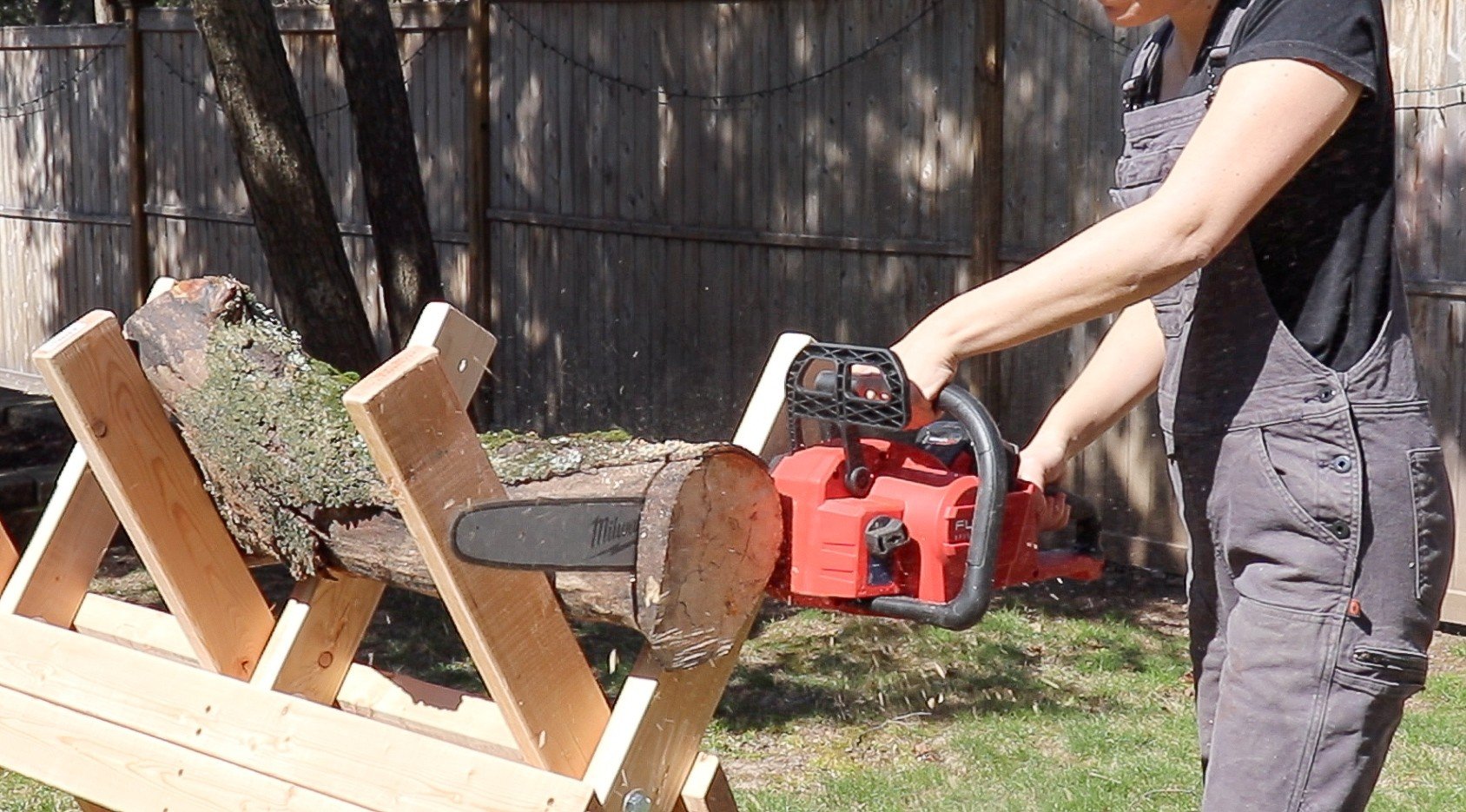Understanding your chainsaw and its components is essential for safe operation. Before you even think about starting your chainsaw, take some time to familiarize yourself with its parts. Each component plays a significant role in the overall functionality and safety of the chainsaw. From the blade to the trigger, knowing how these elements work together can prevent accidents and ensure a smoother cutting experience.
The main parts of a chainsaw include the engine, guide bar, chain, and safety features. The engine powers the saw, and it’s essential to maintain it properly for optimal performance. The guide bar holds the chain in place and determines the cutting path, while the chain itself does the actual cutting. Inspecting these parts regularly for wear and tear is one of the key chainsaw safety tips every user should keep in mind.
Additionally, chainsaws come equipped with various safety features designed to protect you during operation. This includes the chain brake, which stops the chain's movement if the saw kicks back. Understanding how and when to use these safety mechanisms cannot be overstated. Always check that these features are functional before you start your chainsaw. Knowing your chainsaw inside and out is one of the best ways to practice chainsaw safety tips and ensure a safe cutting experience.
Wear Proper Safety Gear Each Time
When operating a chainsaw, one of the most crucial Chainsaw Safety Tips is to wear proper safety gear. This isn't just a suggestion; it's a necessity. Chainsaws are powerful tools that can cause serious injuries if safety precautions are not taken seriously. By donning the appropriate protective equipment, you significantly reduce your risk of harm.
Start with a good pair of safety goggles. These will protect your eyes from flying debris and wood chips that can be kicked up while you're cutting. Additionally, a durable helmet with a face shield can shield your face and head from potential hazards. Never underestimate the importance of visibility and protection when you're using such a dangerous tool.
Another essential piece of safety gear is a pair of cut-resistant gloves. These gloves provide excellent grip while also helping to protect your hands from accidents. Additionally, chainsaw chaps or trousers made from cut-resistant material should be worn to protect your legs. It's vital to ensure that your clothing fits well and does not have any loose ends that could get caught in the chainsaw.
Finally, sturdy, non-slip boots are a must-have for any chainsaw user. Look for boots that provide ankle support and have a good grip to prevent slips and falls while working. By following these Chainsaw Safety Tips and ensuring you wear the appropriate gear, you'll be setting yourself up for a safer cutting experience.
Follow Safe Cutting Techniques Always
When using a chainsaw, following safe cutting techniques is essential to ensure your safety and the safety of those around you. One of the first Chainsaw Safety Tips to remember is to always maintain a firm and stable stance. This allows you to control the saw better and react quickly if anything unexpected happens. Position your feet shoulder-width apart and avoid cutting on a slope or uneven surfaces whenever possible.
Another important aspect of safe cutting is knowing how to handle the saw properly. Always ensure that your hands are positioned correctly. Your dominant hand should grip the rear handle, while the other should wrap around the front handle. Keeping both hands on the chainsaw at all times decreases the risk of losing control, which is crucial for safety. Additionally, be aware of your cutting posture; lean away from the saw to maintain a safe distance from the cutting chain.
It’s also vital to identify the type of cut you are making. Different cuts require different techniques. Always utilize the proper cutting methods, such as the notch cut for felling trees or the plunge cut for larger logs. Familiarize yourself with these techniques before starting your task. Ignoring proper methods can lead to kickback, which is a common cause of chainsaw-related injuries. Remember that being educated about cutting methods is a key element of the Chainsaw Safety Tips you should practice.
Maintain Your Chainsaw for Safety
Maintaining your chainsaw is crucial not only for its performance but also for your safety while using it. Regular maintenance helps identify potential issues before they become serious hazards. Start by checking the chain tension; a properly tensioned chain ensures smooth operation and reduces the risk of kickback. Always follow the manufacturer's recommendations for adjusting tension and keep the chain sharp to minimize the effort needed for cutting.
Next, make it a habit to clean your chainsaw after each use. Remove sawdust and debris from the housing, air filter, and bar. Keeping these areas clean prevents overheating and allows the chainsaw to operate efficiently. Also, inspect the chain for any signs of wear or damage. Replacing a dull or damaged chain is one of the best Chainsaw Safety Tips you can follow, as it helps to prevent accidents caused by malfunctioning equipment.
Don’t forget to check the lubrication system regularly. A well-lubricated chain reduces friction and wear, which enhances the saw's performance and extends its lifespan. Ensure the oil reservoir is filled with appropriate chain oil, and monitor the oiling system for blockages. Proper lubrication not only makes your chainsaw safer but also helps maintain the overall health of the tool.
Finally, always refer to the user manual for the specific maintenance guidelines for your model. Keeping detailed maintenance records can help you track when certain tasks were last performed. Following these Chainsaw Safety Tips ensures that your chainsaw remains in top shape, giving you peace of mind while you work in your yard or during your next big project.
